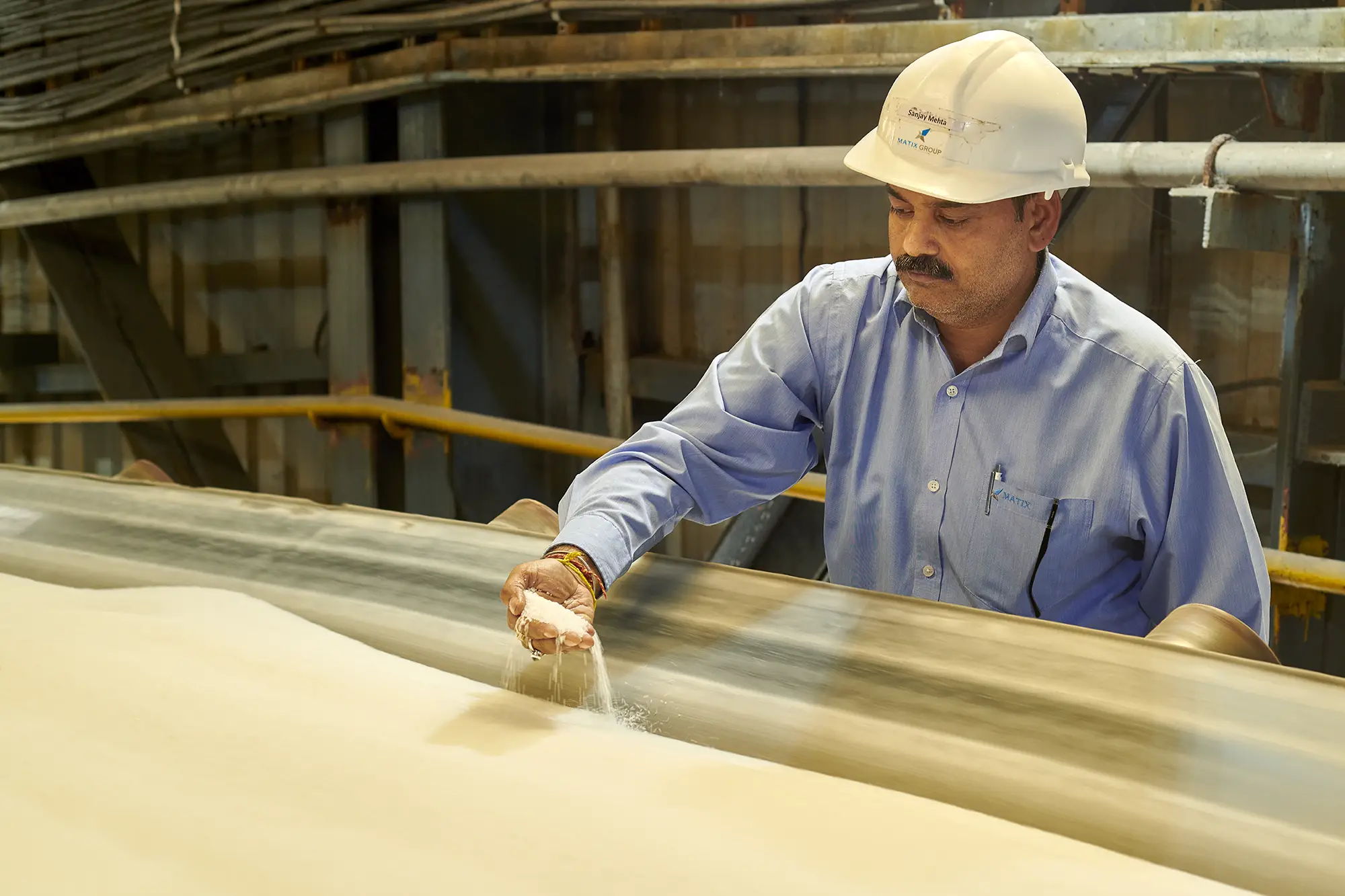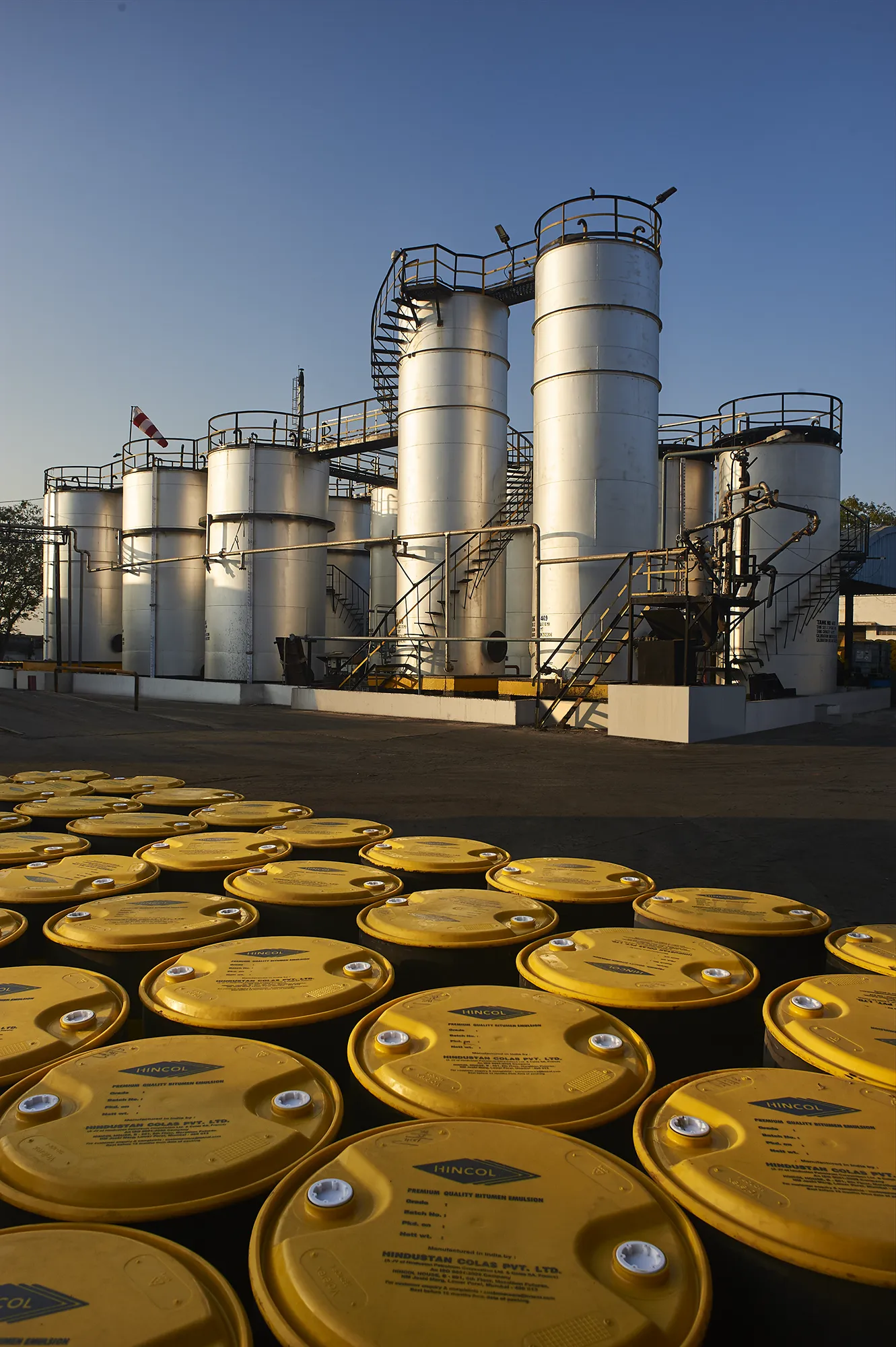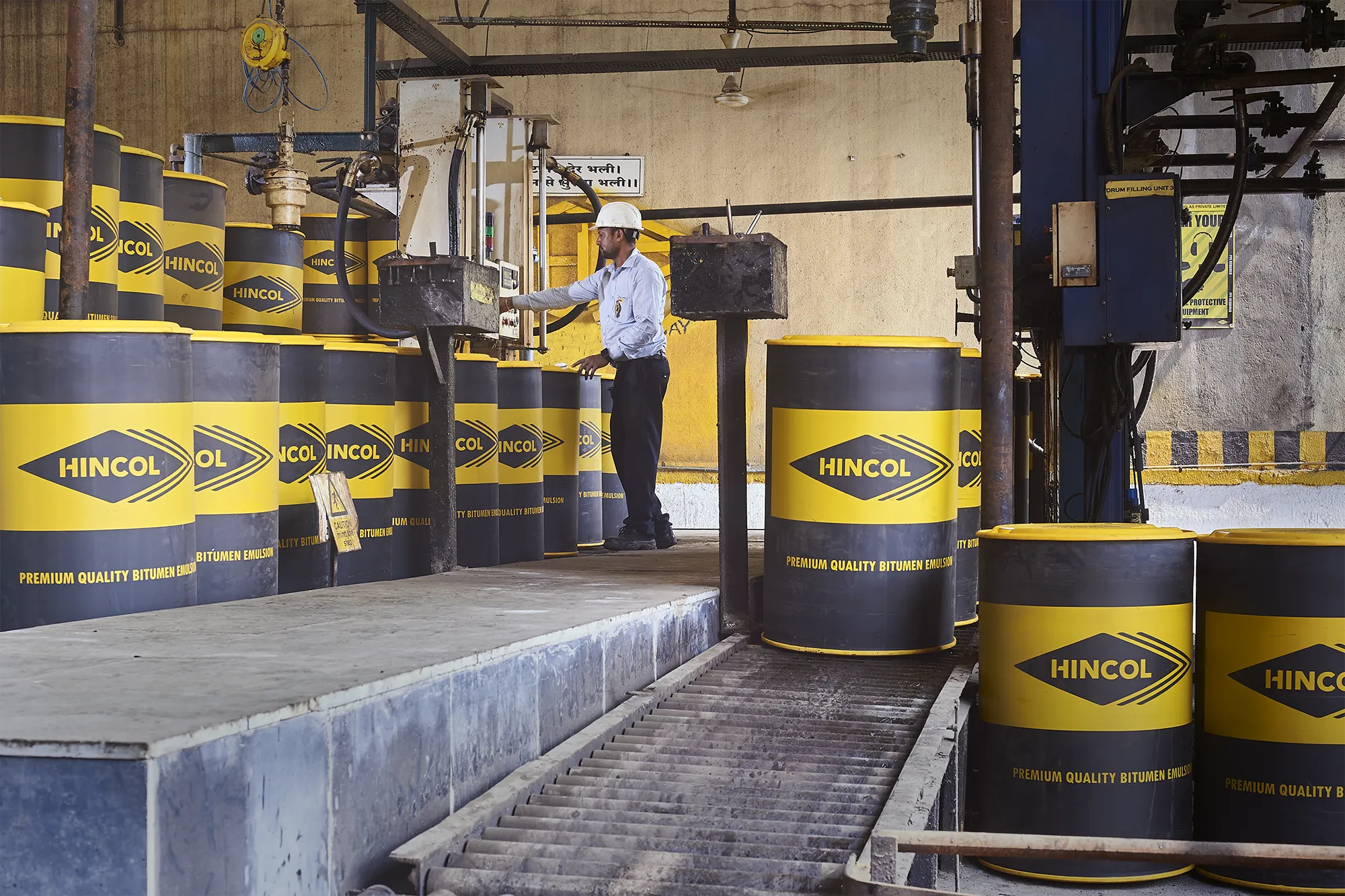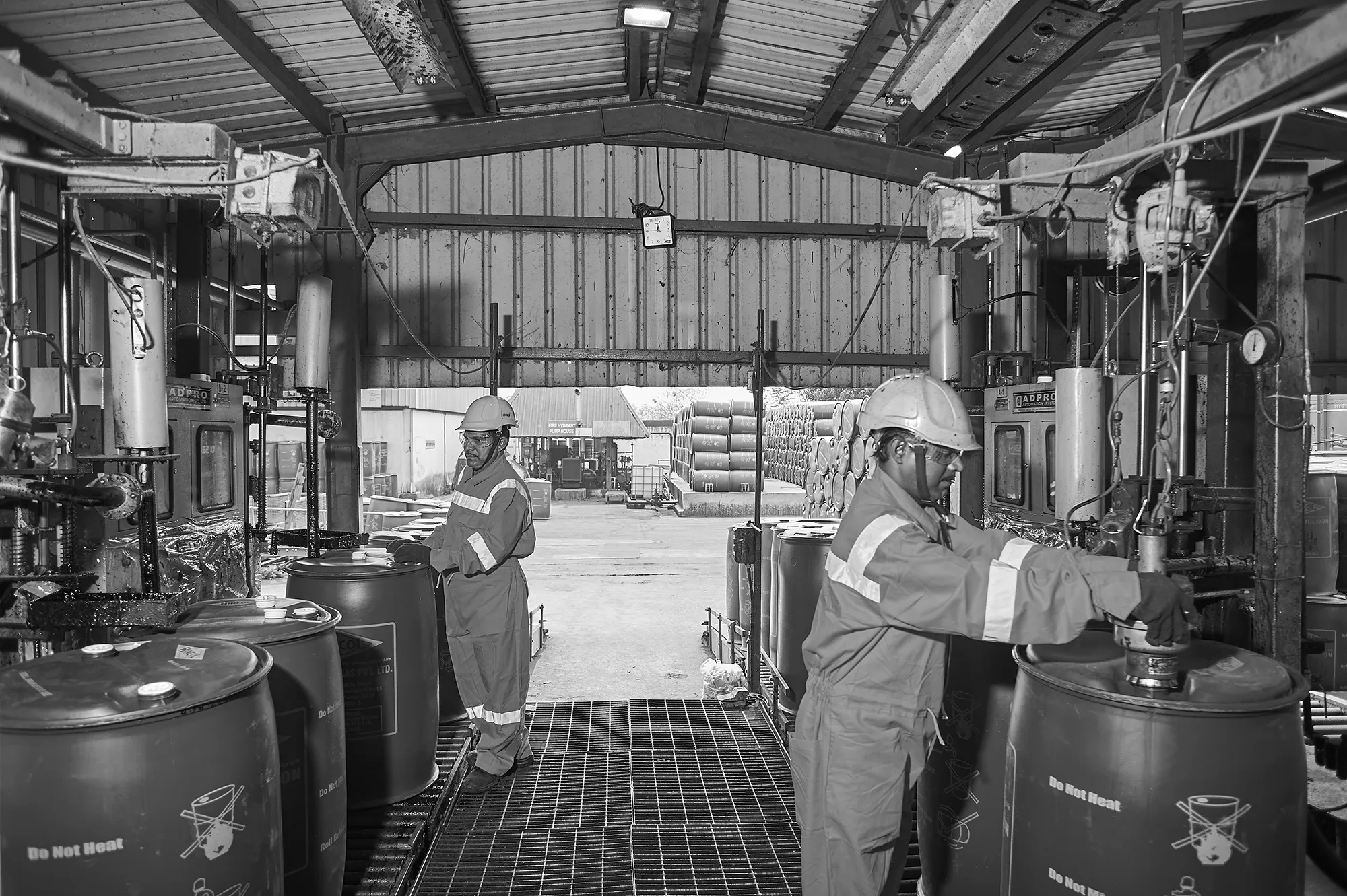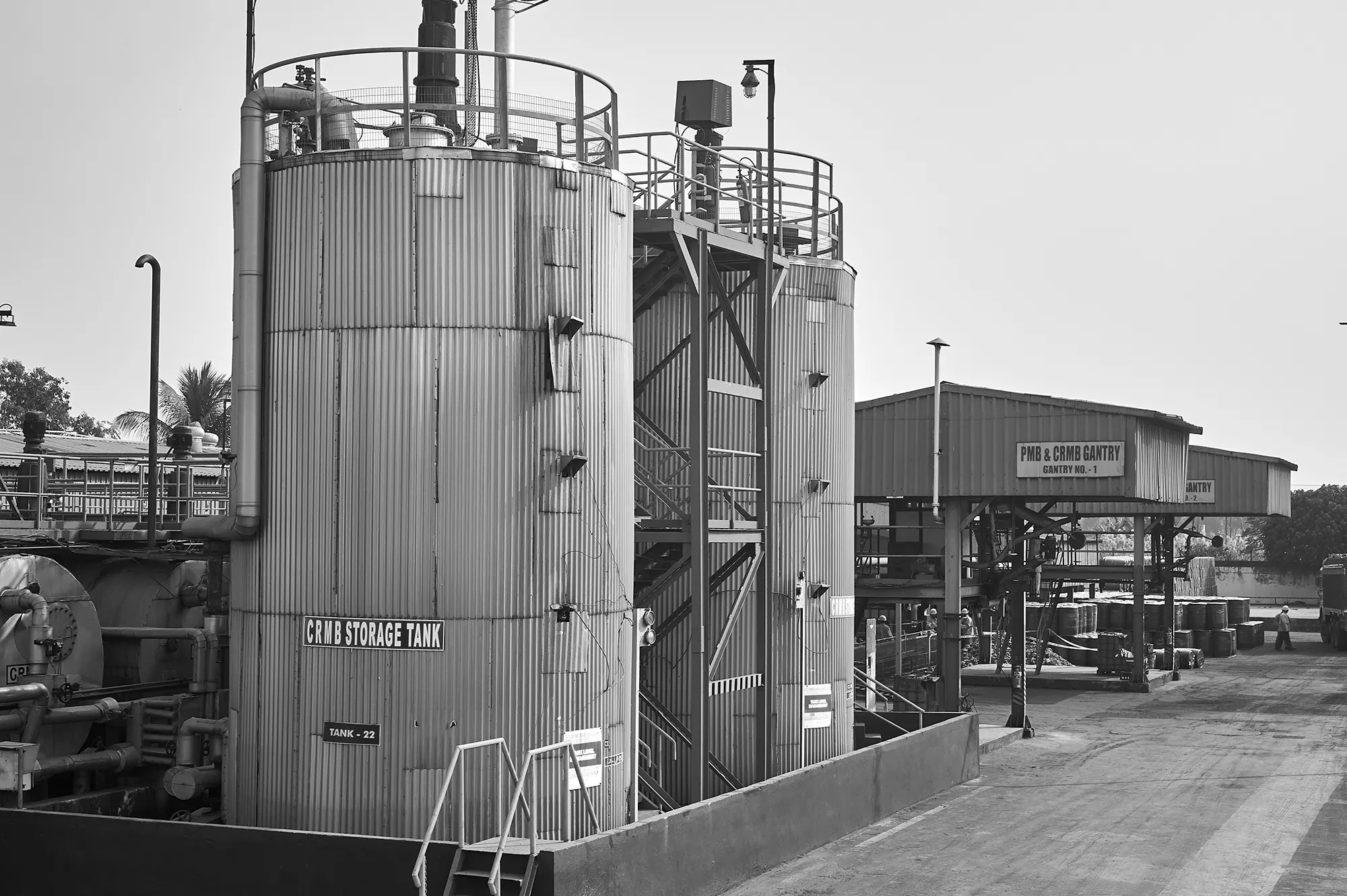Industrial Photography Services:
Capturing the Beauty in the Beast !

As an industrial photographer, I’ve had the privilege of exploring some of the most awe-inspiring industrial spaces across India. My journey has taken me from sprawling steel plants to cutting-edge urea manufacturing facilities, each offering a unique canvas for my lens. Today, I want to share with you the truth of getting into the fascinating world of industrial photography services – a realm where art and technology converge to create a powerful visual narrative.
The Essence of Industrial Photography Services
Providing Industrial photography services is more than just capturing images of machinery and factories. It’s about telling the story of human innovation, perseverance, and the relentless pursuit of progress. When I step into an industrial space, I’m not just seeing metal and concrete; I’m witnessing the culmination of countless hours of human ingenuity and hard work.
My camera as a storyteller, narrates tales of the people behind the scenes – the engineers, technicians, and workers who breathe life into these industrial giants. It’s about showcasing the intricate dance between man and machine, the harmony of what might appear chaotic to the untrained eye.
A Journey Through Steel and Steam
Over the years, I’ve had the honor of working with some of India’s industrial titans. Companies like Tata Steel, FedEx, De Beers Forevermark, HINCOL, Matix Fertilizers and Chemicals Limites, Hariswiss Agrotech Private Limited and many others have opened their doors to my lens, allowing me to document their operations in vivid detail. Each project has been a unique adventure, presenting its own set of challenges and rewards.
Executing an assignment while providing industrial photography services is never a one man job. It’s a team work. I remember my first time stepping into a Tata steel plant. The sheer scale of the operation was overwhelming. Massive furnaces glowed with red hot billets, creating a dramatic interplay of light and dark. The heat was intense, but so was the excitement of capturing this marvel.
At a FedEx sorting facility, we witnessed a different kind of precision. The artistic stacking of packages, the rhythmic hum of conveyor belts, and the focused determination of workers created a symphony of efficiency. My challenge was to capture this organized chaos in a way that told the story of global connectivity.
One particularly memorable part of this assignment took us to the Mumbai-Pune Expressway, one of India’s busiest highways. There, I captured the movement of FedEx trucks, standing out against the backdrop of Maharashtra’s lush ghats. Using an unusual camera angle we tried photographing FedEx’s non-stop commitment to global logistics. These photos conveyed the company’s role in keeping India connected to the world.
The Art in the Industrial Photography
Many might not associate beauty with industrial spaces, but I’ve found that these environments are treasure troves of aesthetic wonder. The symmetrical lines of a production line, the geometric patterns formed by stacked shipping containers, or the mesmerizing swirl of chemicals in a reactor – these are the elements that make industrial photography an art form.
I often find myself drawn to the juxtaposition of the massive and the minute. A worker’s hand delicately adjusting a control panel against the backdrop of a towering refinery creates a powerful visual narrative about the human element in an industry.
The play of light in these spaces is unlike anywhere else. Sunbeams filtering through factory windows, the blue-white flash of welding torches, or the warm glow of hot red metal – each presents an opportunity to create images that are both striking and evocative.
Balancing Technical Precision and Artistic Vision
One of the most challenging aspects of industrial photography services is striking the right balance between technical accuracy and artistic expression. My clients rely on these images not just for their aesthetic value but also as accurate representations of their facilities and processes.
This means we need to have a deep understanding of the industries we are photographing. Before each shoot, we immerse ourselves in learning about the processes, the equipment, and the specific terminology used. This knowledge allows us to capture images that are not only visually compelling but also technically precise.
At the same time, I’m always looking for ways to inject creativity into my shots. Sometimes, it’s about finding an unusual angle that showcases the grandeur of a machine. Other times, it’s about focusing on the human element – the concentration on a worker’s face or the teamwork evident in a group of engineers studying blueprints.
Safety First: Navigating Industrial Environments
Working in industrial environments comes with its own set of challenges, primary being safety. Before I even pick up my camera, we as a team undergo rigorous safety training specific to each site. I’ve learned to navigate environments with extreme temperatures, loud noises, and potential hazards.
Appropriate safety gears are non-negotiable. Hard hats, steel-toed boots, flame-resistant clothing, and safety glasses are as much a part of our equipment as my camera and lenses. I’ve learned to shoot while wearing gloves and to protect my equipment from dust, heat, and chemicals.
But safety isn’t just about personal protection. It’s about being aware of your surroundings at all times. We work closely with site safety officers and follow their guidance to the letter. This attention to safety not only ensures our well-being but also builds trust within the clients, allowing us greater access to capture the heart of their operations while providing best quality industrial photography services.
The Influence on My Perspective
My work as an industrial photographer has profoundly influenced how I see the world. I’ve gained a deeper appreciation for the complexity of the systems and processes that support our modern lives. Every product we use, every building we enter, every vehicle we ride in – I now see the intricate industrial processes behind their creation.
This work has also given me a newfound respect for the individuals who keep these industrial behemoths running. The dedication, skill, and often physically demanding nature of their work are something I strive to capture and honor through my photography.
Advice for Aspiring Industrial Photographers
For those looking to venture into the world of providing industrial photography services, I would love to provide them with few starting points to consider:
1. Develop a keen eye for detail:
In industrial settings, it’s often the smaller details that tell the biggest stories. Train yourselves to notice the intricate workings of machinery, the texture of different materials, and the expressions on the faces of people working in these atmospheres.
2. Master your technical skills:
Understanding your equipment inside and out is crucial. You’ll often be working in challenging lighting conditions and will need to make quick setups and adjustments.
3. Learn about industries:
Familiarize yourselves with different industrial processes. The more you understand what you’re photographing, the better you can capture its essence.
4. Prioritize safety:
Always follow safety protocols as per specific industry standards and never compromise on protective gears.
5. Be patient and respectful:
Industries operate on their own schedules. Be prepared to wait for the right moment and always respect the work being done around you.
6. Cultivate relationships:
Building good relationship with your clients at senior positions, as well as workers on-site, can lead to better access and more authentic photographs.
7. Embrace the challenges:
The heat, noise, and sometimes uncomfortable conditions are part of what makes this work unique. Embrace these challenges as opportunities to create something extraordinary.
Looking Ahead Towards the Future of Industrial Photography Services
As I look ahead, I’m excited about the future of industrial photography services. The rapid pace of technological advancement means there are always new processes, new machines, and new stories to capture. In the present day situation, I’m particularly interested in documenting the growth of sustainable and green technologies within traditional industries.
My goal is to continue pushing the boundaries of what industrial photography can be. I want my images to not only document but to inspire – to show the beauty in the seemingly mundane and to highlight the human stories behind our industrial world.
In conclusion I would like to express my thought by saying that industrial photography services is a unique blend of art, technology, and storytelling. It’s about finding beauty in unexpected places and shedding light on the often-unseen world that powers our daily lives. As I continue on this journey, I remain in awe of the industrial landscapes I encounter and the stories they hold. Through my lens, I hope to share that awe and appreciation with the world.
From the Photographer:
I am a Corporate Photographer based in Kolkata and specialize in providing Industrial Photography services across India. My expertise extends in the field of Product and Portraiture Photography as well.
Whether you’re looking to discuss a potential project or simply want to learn more about my services, I would be grad to hear from you.
Contact information
Phone: +91 99309 08077
Email : sdas@shantonobhodas.com



